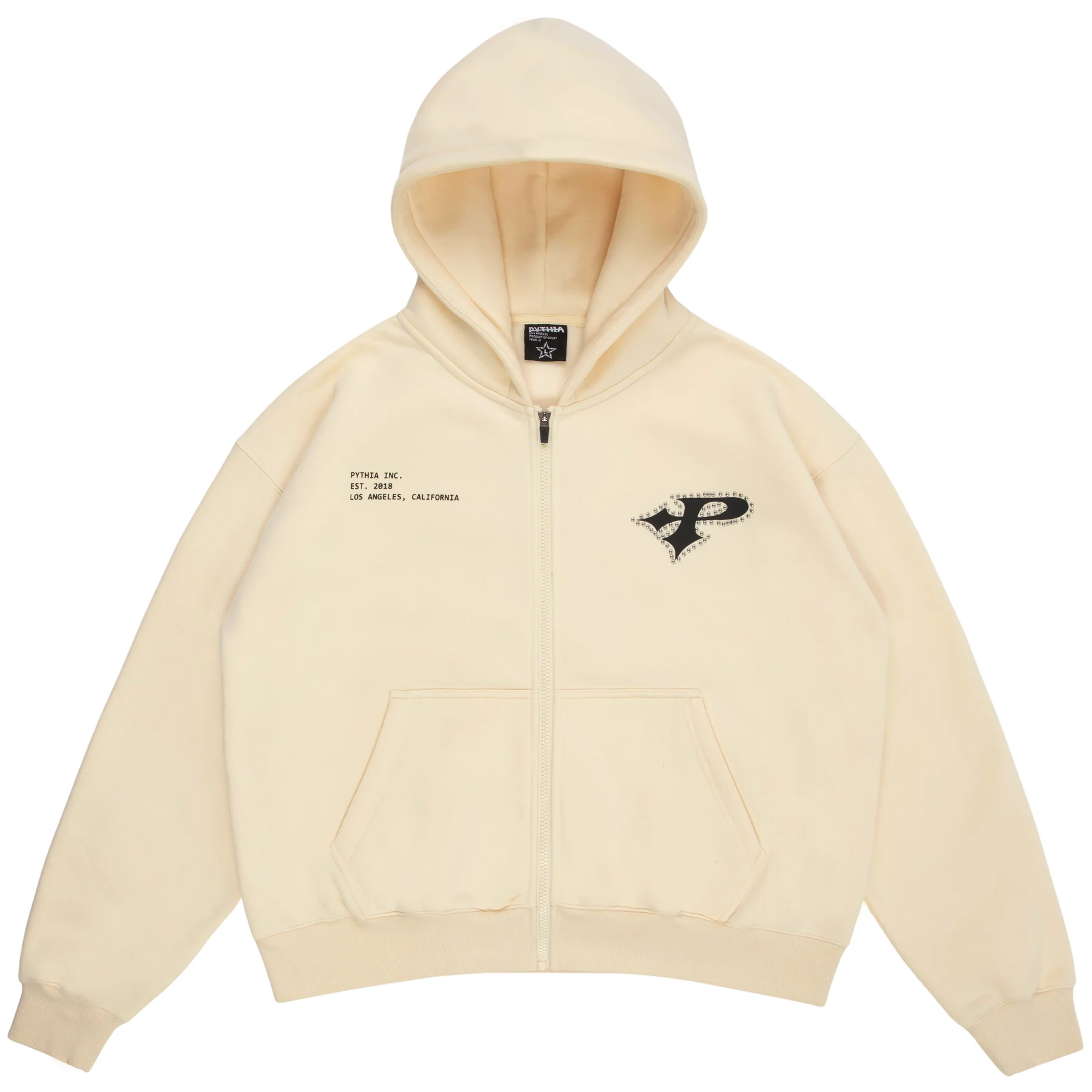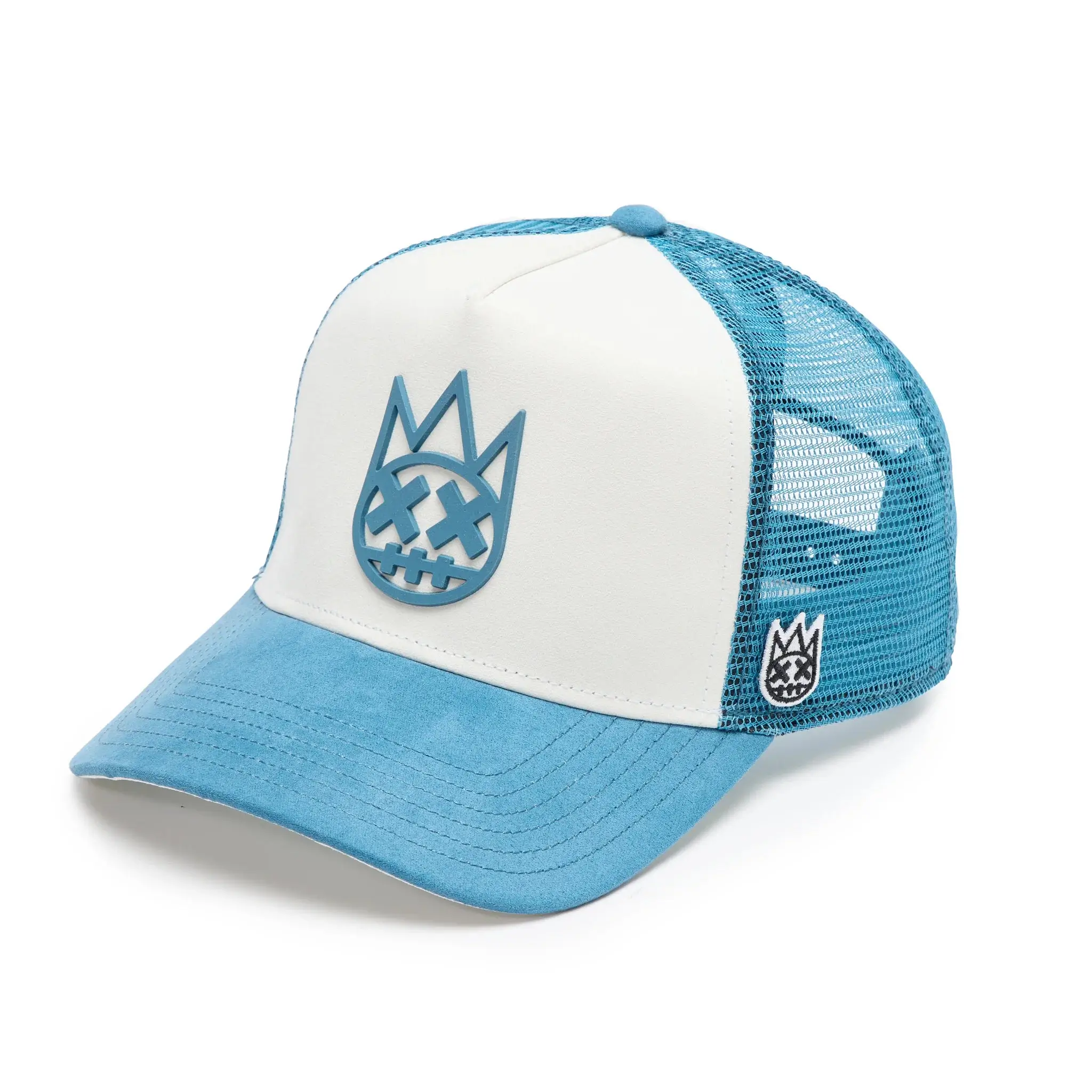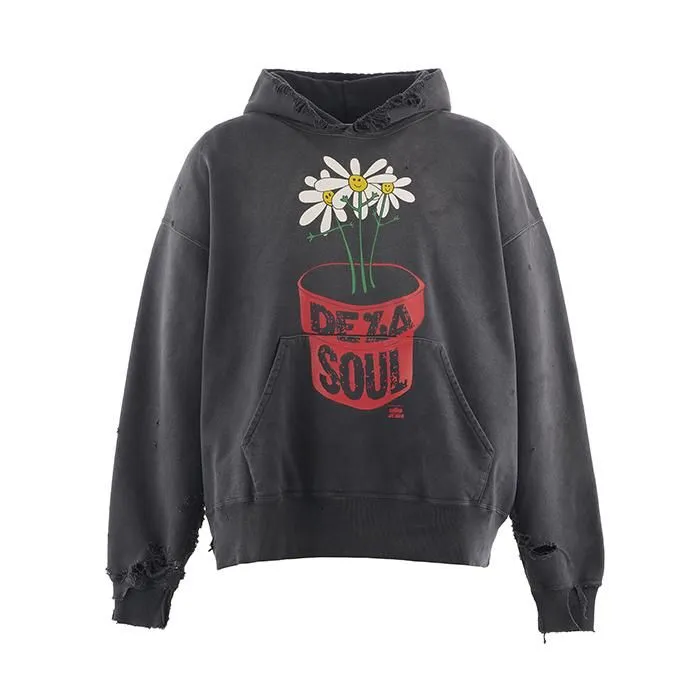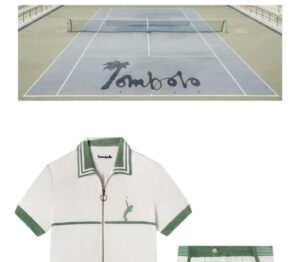In the contemporary garment landscape—one saturated with greenwashing, synthetic overpromises, and convenience-driven design—few launches carry the gravitas of FIBREGEN™, Sheep Inc.’s new material innovation. Positioned as more than a textile, FIBREGEN™ is a statement of principle, a recalibration of what fabric can do, how it should be made, and what role it plays in the broader climate narrative.
Developed over two years in collaboration with Portugal’s textile innovators Inovafil, and meticulously woven from the threads of natural science and ethical ambition, FIBREGEN™ doesn’t merely exist in opposition to fast fashion. It seeks to redefine the core of how we relate to the very fabrics that touch our skin daily.
FROM THE GROUND UP: THE MATERIAL THAT GIVES BACK
At the heart of FIBREGEN™ is Good Earth Cotton®, an agricultural initiative that has flipped the script on conventional cotton farming. Traditionally one of the most environmentally taxing crops—requiring heavy irrigation, pesticides, and soil-depleting practices—cotton has long been the paradox of sustainability discourse: loved by the body, loathed by the earth.
But Good Earth Cotton®, by contrast, represents a regenerative model—one that heals soil rather than stripping it, welcomes biodiversity instead of monoculture, and actively draws carbon from the atmosphere through nature-based practices. Each stalk of cotton, in this system, becomes an agent of reversal—a quiet undoing of the environmental damage industry has normalized.
FIBREGEN™ employs this cotton as its base fiber, anchoring the outer layers of the fabric in softness that doesn’t come at the cost of planetary health. But the true alchemy happens in its layering.
A TEXTILE ENGINEERED FOR LIVED EXPERIENCE
Structurally, FIBREGEN™ is a tri-layered construction. The outermost and innermost surfaces are composed of breathable regenerative cotton—gentle against skin, whisper-light, and inherently tactile. Sandwiched between these layers is a thin core of undyed Merino wool, sourced from regenerative farms and prized not only for its softness but for its thermo-regulatory properties.
Merino is nature’s miracle fiber: insulating without suffocating, antibacterial, elastic, and durable. But more critically here, its inclusion signals a reinvestment in slow materiality—a rejection of chemically altered synthetics and an embrace of biologically intelligent design.
The result is a fabric that adapts to the wearer. In heat, it breathes. In chill, it warms. It’s not smart because it’s digital—it’s smart because it’s natural.
TRANSPARENCY, TRACEABILITY, TRUST
One of the thorniest issues in modern apparel is supply chain opacity. We know little of where our fabrics come from, even less about who makes them, and almost nothing about their ecological journey.
Sheep Inc. circumvents this completely by integrating FibreTrace® technology into every unit of FIBREGEN™. This blockchain-based tracking system encodes data at the fiber level, allowing each garment to tell its story—from soil to spool, from sheep to sleeve.
It’s a radical act of transparency in an industry that often conceals. Consumers are invited not only to wear something, but to know it—to be in relationship with it. This is not merely sustainable fashion; it is accountable fashion. And that distinction matters.
NATURAL, BIODEGRADABLE, CARBON-NEGATIVE
The term “carbon-negative” has been used cautiously in fashion, often as marketing bait rather than scientific truth. But with FIBREGEN™, the claim stands up to scrutiny. Thanks to regenerative agriculture practices and a closed-loop, renewable-energy-driven manufacturing process, the fabric actually sequesters more carbon in its creation than it emits.
It’s not just “doing less harm”—it is an active participant in climate repair.
Every element of the material is biodegradable. No plastics. No polyblends. No microfibers that enter the ocean. This is design that imagines its own decomposition—not as failure, but as ecological reintegration.
In a world addicted to permanence and accumulation, FIBREGEN™ offers something radically restorative: a product that is meant to return, to nourish, to complete its cycle.
COLOR AS LANGUAGE: THE FIRST COLLECTION
To introduce FIBREGEN™ to the public, Sheep Inc. has released a capsule of unisex hoodies and sweatshirts in a range of earth-inspired hues. Each color is chosen not for trend adherence, but for emotional resonance and elemental evocation:
- Cloud Ash (Ecru): A neutral grounded in stillness and breath, evoking fog-wrapped mornings and the softness of soil before rainfall.
- Mineral Sea (Aqua): The luminous reflection of sky meeting ocean—a visual echo of nature’s cyclical life.
- Storm Blue (Navy): Depth, dusk, and pressure—evoking the electric tension before a downpour.
- Deep Earth (Dark Brown): A grounded, umber richness that recalls mulch, bark, and subterranean secrets.
- Lavender Haze (Lilac): A soft, emotive palette point—gender-fluid, fragrant, and poetic.
The silhouettes are generous, relaxed, and minimally detailed. There is no need for branding theatrics—the material itself is the protagonist. These are garments designed not to shout but to speak quietly and last loudly.
SHEEP INC.’S MATERIAL PHILOSOPHY: THE FABRIC IS THE MESSAGE
Sheep Inc. has always approached fashion differently. Since its founding, the brand has pushed beyond sustainable rhetoric, instead delivering measurable outcomes, radical traceability, and a distinct visual language that merges comfortwear with climate logic.
But FIBREGEN™ marks a new chapter. This is not merely another sustainable initiative. This is the blueprint for an entirely different textile paradigm.
It suggests a world where fabric is no longer neutral—no longer an invisible substrate onto which logos or cuts are projected. Instead, the fabric is the message. The very weave of a garment contains story, science, and strategy. It invites emotional investment, not just transactional consumption.
In FIBREGEN™, we don’t just wear our values. We inhabit them.
THE FUTURE OF MATERIALITY
If FIBREGEN™ is successful—and early reception suggests it will be—then it could redefine how brands approach the material supply chain. Its architecture offers a scalable model for others: blend regenerative inputs, layer biologically intelligent fibers, track every strand, and design with graceful decay in mind.
It’s the antithesis of polyester-choked activewear. It’s a rebuttal to green-tinted fast fashion.
And it’s also a love letter to the planet. A reminder that the things we wear should not outlast the ecosystems they were made from. They should support those systems, even in their afterlife.
THE HUMAN FACTOR: DESIGNING FOR AFFECT
There’s a gentle provocation embedded in FIBREGEN™: that we have, for too long, ignored how materials feel emotionally. We’ve treated clothing as armor, performance, projection. But comfort—the kind that speaks to memory, skin, and psyche—has been undervalued.
By fusing soft regenerative cotton with wool’s innate intelligence, FIBREGEN™ doesn’t just feel good physically. It feels reassuring. Alive. Comforting in a way that reminds us of blankets, touch, home.
This isn’t nostalgic design. It’s restorative design. It recognizes that in an overstimulated, crisis-ridden world, comfort isn’t indulgent. It’s essential.
EPILOGUE: THE BIOPHILIC TURN
Fashion has long been accused—fairly—of accelerating planetary breakdown. But with FIBREGEN™, we witness a turn toward biophilic design—a design system that aligns with the intelligence of natural processes rather than engineering against them.
This shift isn’t symbolic. It’s strategic. It recognizes that the future of fabric will not be built in labs alone, but in soil, sun, and the quiet regenerative logic of wool and cotton reimagined.
And in this way, FIBREGEN™ becomes more than a material. It becomes metaphor. A symbol of what happens when we stitch together care, innovation, and humility. When we stop designing for extraction, and start designing for return.
No comments yet.









